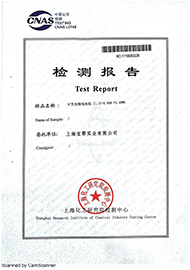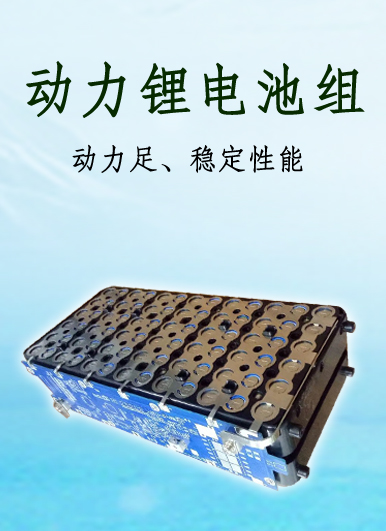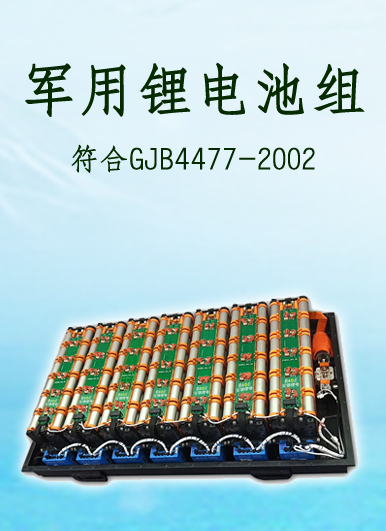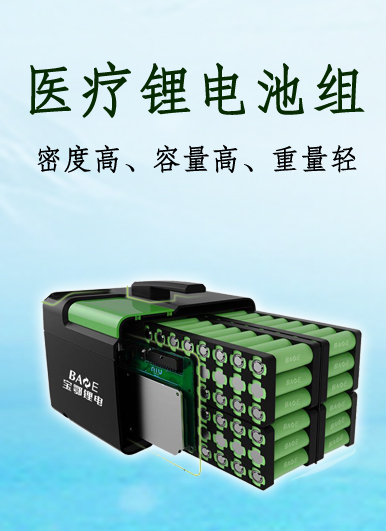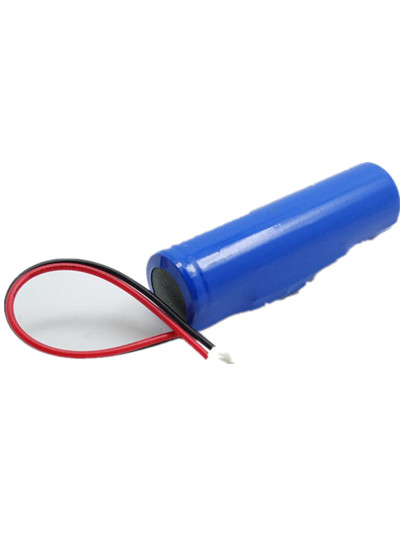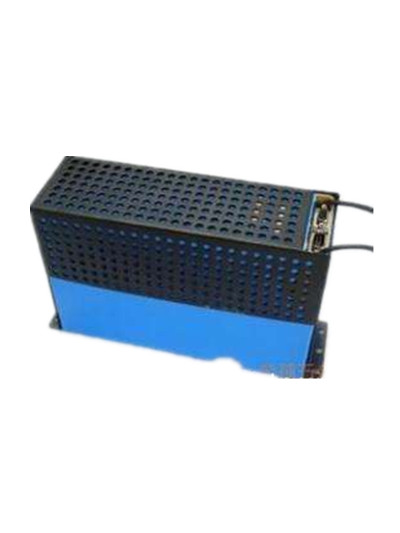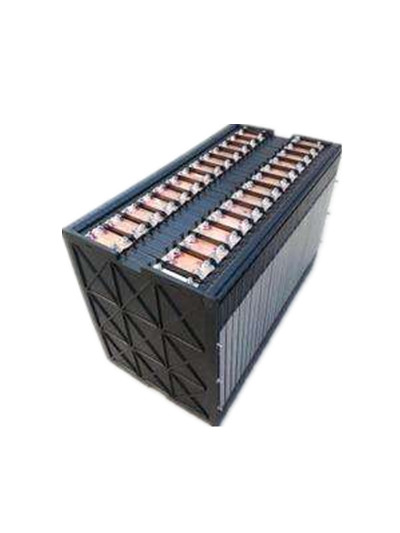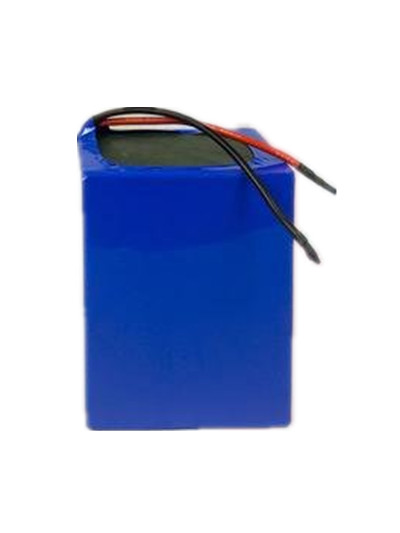In 2018, the Ministry of Industry and Information Technology issued the Interim Measures for the Management of Recycling and Utilization of Power Batteries for New Energy Vehicles, which requires that automobile manufacturers should assume the main responsibility for reclaiming power batteries. At the same time, battery manufacturers should cooperate with automobile manufacturers and code the power batteries according to national standards. Battery manufacturers and automobile manufacturers should timely code the power batteries and relevant information of new energy vehicles through traceability information system.
Both of them try to get through the closed loop. The closed-loop system of power battery enterprise is the whole closed-loop of battery from raw material supply to terminal application; while the automobile enterprise needs to open a closed-loop of transaction from sale to recovery. In this case, the battery can be separated from the electric vehicle, and many different business models can be realized, such as power exchange or battery leasing.
For example, BYD mainly recycles spent power lithium batteries through authorized distributors, and continues to use spent batteries in household energy storage and other fields. If the batteries can not be reused, BYD will send the batteries to the relevant departments of Huizhou Material Factory, and then use the wet recycling method for disassembly and recycling.
It can be found that the participants in the process of power battery recycling include battery manufacturers, vehicle manufacturers, consumers, cascade users, resource recyclers and other stakeholders. At the early stage of the development of the industry, the stakeholders are not clear enough. Enterprises involved in power battery recycling also have different demands. So, what enterprises should power battery recycling revolve around?
In the actual operation process, different enterprises can cooperate. "Recycling goes through the whole car factory, for example, there are two whole car factories, one is the Great Wall, the other is the speed of light. They recycle the batteries in the car on the network, and we do the step-by-step utilization." Ma Zhonglong, deputy general manager of Honeycomb Energy Technology Co., Ltd.
However, Ma Zhonglong believes that power battery recycling should be done around the battery factory, and the purpose of battery disassembly is to supply the battery factory. Meng Xiangfeng, assistant chairman of Ningde Times, also said that if power batteries would return to their own hands after a lap in the industrial chain, battery companies could set battery sales prices from the whole life cycle, which would help to reduce battery prices.
Operations are full of challenges
Although power battery recycling has broad prospects for development, there are many difficulties in the actual operation process.
At present, one of the most difficult problems is the source of decommissioned batteries. "Power battery recycling is difficult in large-scale recovery, mainly because the channels are too scattered." Kong Qingxi said. From the ownership point of view, after the sale of electric vehicles, the ownership of batteries will also be attributed to new energy owners. Although many automobile companies have established battery recycling stations, the car owners still use the traditional way of fuel vehicles when they scrap their cars, and send them directly to the scrap recycling agencies. It is not clear about the specific details and methods of power battery recycling.
In addition, the scrap batteries at this stage mainly come from the new energy vehicles sold before 2014, and the market volume itself is small. At the same time, due to the rapid development of battery technology and the great difference in the value of batteries, the price of recycling is difficult to meet the expectations of owners.
One way to solve this problem is to separate the battery from the car, separate the ownership of the battery from the car, and directly adopt the mode of battery direct rent and rent-back in the on-board stage. For example, Weilai ES8 can provide battery rental service. Consumers buy cars without batteries and pay a certain rent each year to rent batteries.
When reclaiming batteries, the evaluation of abandoned batteries is very difficult and the system needs to be improved. "For example, monitoring data is a big problem, data is not available, data is fragmented, restricting battery evaluation. Although there are already evaluation standards and techniques, the whole evaluation system is still far from perfect after use, and standards, technologies and evaluation models are still in the process of development. Zhang Yongwei said.
At present, the development of lithium recovery market in China is still in its infancy, and there are many irregular phenomena. There are a large number of recycling small workshops, backward process equipment, no qualifications, and there are potential safety hazards and serious environmental protection problems.
In addition, there are still some problems in power battery cascade utilization, such as imperfect policies, regulations and standards, and key technologies to be broken through. In recent years, the cost of new batteries has declined rapidly, which has also become a restrictive factor affecting the development of batteries cascade utilization market. In the industrial chain of battery recycling and reuse, production links, cascade utilization and regeneration links are relatively isolated, and there is no corresponding synergistic effect yet.2018年,工信部发布的关于《新能源汽车动力蓄电池回收利用管理暂行办法》中要求,汽车生产企业应承担动力蓄电池回收的主体责任。同时,电池生产企业应与汽车生产企业协同,按照国家标准要求对所生产动力蓄电池进行编码,电池生产企业、汽车生产企业应及时通过溯源信息系统上传动力蓄电池编码及新能源汽车相关信息。
二者也都试图打通闭环。动力电池企业的闭环系统是从原料供应到终端应用的整个电池闭环;而车企则要打通一个从销售到收回的交易闭环,在这种情况下,可以把电池从电动车中拆分出来,可以实现多种不同的商业模式,比如换电或电池租借等。
例如,比亚迪主要通过授权经销商来回收废旧动力锂电池,将废旧电池继续应用在家用储能等领域,如果电池不能够再利用,会将电池送到惠州材料工厂的相关部门,之后采用湿法回收方法进行拆解回收。
可以发现的是,动力电池回收过程中的参与方包括电池生产商、整车生产商、消费者、梯次利用商、资源化回收商等多个利益主体,行业发展初期,利益关系还不够清晰,参与动力电池回收的企业也各自有着不同的诉求。那么,动力电池回收应该围绕着什么企业展开?
在实际运营的过程中,不同企业间可以进行协作。“回收利用通过整车厂,比如说有两个整车厂,一个是长城,一个是光速,他们在网络上把车里面的电池回收,我们再做梯次利用。”蜂巢能源科技有限公司副总经理马忠龙说。
不过,马忠龙认为,动力电池回收要围绕电芯厂来做,电池拆解的目的就是为电芯厂供货。宁德时代董事长助理孟祥峰也表示,如果动力电池在产业链里用了一圈之后还会回到自己手里,那么电池企业就可以从全生命周期来制定电池销售价格,有助于电池价格的下降。
运作充满挑战
虽然动力电池回收具有广阔的发展前景,但是从实际运作的过程来看,充满诸多难点。
当前,直接面对的一大难题是退役电池来源。“动力电池回收难在规模化回收,主要是渠道太散。”孔庆西表示。从所有权来看,电动车销售之后,电池的产权也将归于新能源车主。虽然已经有不少车企建立了电池回收站点,但是车主报废汽车时仍沿用传统燃油车的方式,直接把车辆送到报废回收机构,并不清楚动力电池回收的具体细节和办法。
此外,现阶段的报废电池主要来自2014年以前销售的新能源汽车,市场体量本身就少。同时,由于电池技术发展水平很快,电池的价值差异大,回收的价格很难达到车主的预期。
解决这一问题的一个思路是车电分离,将电池和车的所有权进行分离,在车载阶段直接采用电池直租和回租的模式。例如,蔚来ES8可以提供电池租借服务,消费者买的车不含电池,每年交付一定租金来租借电池。
回收电池时,废弃电池的评估难度很大、体系也有待完善。“比如监测方面数据是一个大问题,数据不可获取,数据是碎片的,制约着电池的评估。现在虽然已经有了评估标准和技术,但是在使用之后整个评估体系仍然很不完善,标准、技术、评估模型都还在发展当中。”张永伟表示。
目前,我国锂电回收市场的发展尚处于初期,存在诸多不规范的现象。业内存在大量回收小作坊,工艺设备落后、没有资质,并且存在安全隐患和严重的环保问题。
此外,在动力电池梯次利用方面也面临政策法规和标准不完善、关键技术尚待突破等问题。而近年来新电芯的成本快速下降,也成为影响电池梯次利用市场发展的制约因素。在电池回收再利用产业链,生产环节、梯次利用和再生环节也在相对孤立,暂未形成相应的协同效应。2018年、工信部が発表した「新エネルギー自動車動力蓄電池回収利用管理暫定弁法」の中の要求について、自動車生産企業は動力蓄電池回収の主体責任を負うべきです。同時に、電池生産企業は自動車生産企業と協力して、国家標準の要求によって生産動力のバッテリーを符号化し、電池生産企業、自動車生産企業は速やかにトレース情報システムを通じて動力蓄電池コード及び新エネルギー自動車関連情報をアップロードしなければならない。
両方とも閉ループを打開しようとしています。動力電池企業の閉ループシステムは原料から端末応用までの電池全体の閉ループであり、自動車企業は販売から回収までの取引閉ループを通じて、この場合、電池を電気自動車から切り離すことができます。電気自動車や電池のレンタルなど、さまざまなビジネスモデルを実現できます。
例えば、比亜迪は主にディーラーに権限を授けて廃動力のリチウム電池を回収し、廃電池を家庭用の貯蔵エネルギーなどの分野に応用し続けています。電池が再利用できないなら、恵州材料工場の関連部門に電池を送り、その後は湿式回収方法で分解回収します。
発見できるのは、動力電池の回収過程における参加者は電池メーカー、完成車メーカー、消費者、棚次利用者、資源化回収業者など多くの利益主体を含み、業界の発展初期には、利益関係がまだ明確ではなく、動力電池の回収に参与する企業もそれぞれ異なった訴求を持っています。では、動力電池の回収はどの企業を中心に展開するべきですか?
実際に運営する過程で、異なる企業間で協力できる。リサイクルは完成車工場を通して、例えば2つの完成車工場があります。一つは万里の長城です。もう一つは光速です。彼らはネット上で車の中の電池を回収して、もう一回利用します。蜂の巣エネルギー科学技術有限公司の副社長の馬忠龍氏は言う。
しかし、馬忠龍は動力電池の回収は電気芯工場をめぐって行われると考えています。電池の分解の目的は電気芯工場の供給です。寧徳時代の代表取締役補佐の孟祥峰も、もし動力電池が産業チェーンの中で1周使ったらまた自分の手元に戻ります。電池企業は全ライフサイクルから電池の販売価格を制定して、電池の価格の下落に役立ちます。
操作は挑戦に満ちています
動力電池の回収には大きな発展見通しがありますが、実際の操作の過程から見れば、多くの困難があります。
当面、直面する難題の一つは引退の電池源です。「動力電池の回収は規模化で難しく、主にルートがばらばらです。」コン慶西は表します。所有権から見ると、電気自動車が販売された後、電池の所有権も新エネルギーの所有者に戻ります。すでに多くの自動車会社がバッテリー回収サイトを作っていますが、車の所有者が廃棄する時も従来のガソリン車の方式をそのまま使って、直接に車を廃棄回収機構に送ります。動力電池の回収の具体的な詳細と方法は分かりません。
また、現段階の廃棄電池は主に2014年以前に販売された新エネルギー車から来ています。また、バッテリー技術の発展が早いため、バッテリーの価値の差が大きく、回収価格が持ち主の予想に達しにくいです。
この問題を解決するための一つの考えは、電池と車の所有権を分離し、車載段階では直接電池の直接レンタルとレンタルのモードを採用することである。例えば、蔚来ES 8は電池のレンタルサービスを提供します。消費者が買った車は電池を含まず、毎年一定のレンタル料を払って電池を借ります。
電池の回収は、廃棄電池の評価が難しく、システムも整っています。「例えばモニタリング上のデータは大きな問題です。データは入手できません。データは断片です。電池の評価を制約しています。現在は評価基準と技術がありますが、使用後も全体の評価システムはまだ完全ではなく、標準、技術、評価モデルはまだ発展しています。張永偉氏は。
現在、中国のリチウムイオン電池の回収市場の発展はまだ初期の段階にあります。業界には小さなワークショップを大量に回収し、工芸設備が立ち遅れ、資質がなく、安全上の潜在的な危険と深刻な環境保護問題が存在する。
このほか、動力電池の棚次利用についても政策法規と標準の不備、肝心な技術の突破などの問題に直面しています。近年の新コアのコストが急速に下がり、電池の棚次利用市場の発展にも影響を与える制約要因となっている。電池のリサイクル産業チェーンにおいて、生産環節、棚次利用と再生環節も相対的に孤立しており、まだ相応の協同効果が形成されていない。


